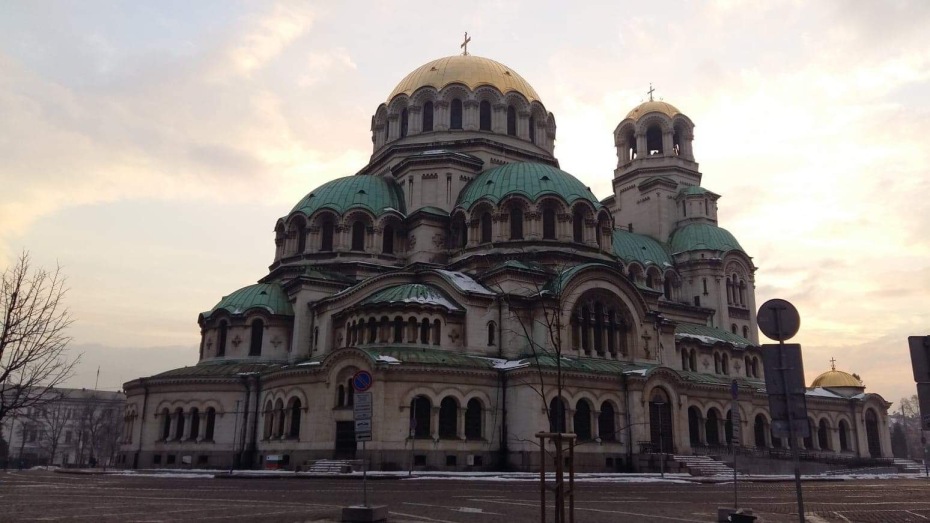St. Isaac’s Cathedral is the largest church in St. Petersburg and one of the largest sacral domes in the world. The magnificent building, once the main church of the Russian Empire, was converted in Soviet times to an art museum. In 2017, an attempt by the city governor to transfer this neoclassical cathedral to the Russian Orthodox Church failed due to the resistance of the people of St. Petersburg. The interior of the cathedral is very impressive. Can you imagine, there is space for more than 10‘000 people in this church. It takes your breath away from the sheer splendor, the paintings on the walls, the beautiful frescoes on the ceilings, the altar and the sculptures are very, very impressive! For me, however, even more impressive was the panoramic view of the city of St. Petersburg from the upper visitor platform of the main dome. To avoid the hustle and bustle, I advise to climb up to the dome (visitors platform) around noon because the scrum can be really uncomfortable in such dizzy heights However, you should not shy away from the climb, it’s worth it! Have fun!

St. Isaac‘s Cathedral in St. Petersburg, Russia
Die Isaakskathedrale ist die grösste Kirche St. Petersburg’s und einer der grössten sakralen Kuppelbauten der Welt. Der Prunkbau, einst die Hauptkirche des Russischen Kaiserreichs, wurde zu Sowjetzeiten als Kunstmuseum eingerichtet. Der Versuch des Stadt Gouverneurs diese klassizistische Kathedrale an die russisch-orthodoxe Kirche zur Nutzung zu übergeben scheiterte 2017 am Widerstand der Bevölkerung St. Petersburg’s. Der Innenraum der Kathedrale ist sehr beeindruckend. Stell Dir vor, in dieser Kirche finden mehr als 10‘000 Menschen Platz! Es verschlägt Dir von der schieren Pracht den Atem, die Gemälde an den Wänden, die wunderschönen Fresken an den Decken, der Altar und die Skulpturen sind sehr, sehr eindrucksvoll!

St. Isaac‘s Cathedral – view over St. Petersburg from the visitors platform
Für mich jedoch noch beeindruckender war die Rundumsicht auf die Stadt St. Petersburg von der oberen Besucherplattform der Hauptkuppel. Um dem Gedränge zu entgehen, rate ich den Aufstieg auf die Kuppel (Besucherplattform) um die Mittagszeit ins Auge zu fassen. Dort oben in schwindliger Höhe kann sonst das Gedränge wirklich unangenehm werden. Ihr solltet den Aufstieg aber nicht scheuen, es lohnt sich! Viel Vergnügen!







